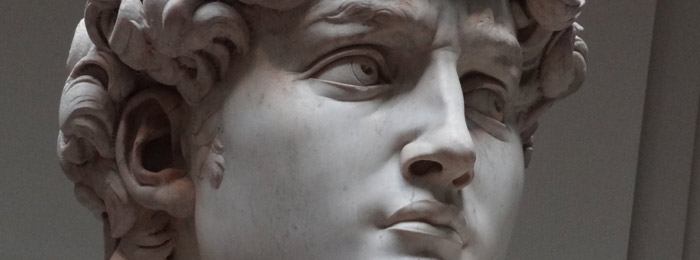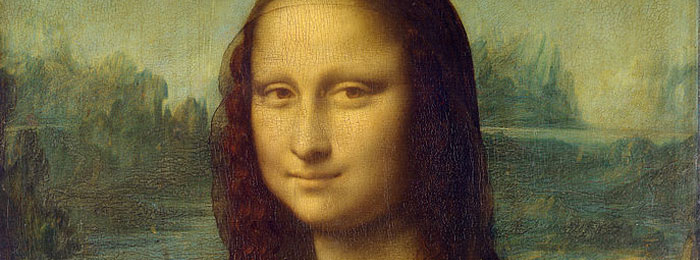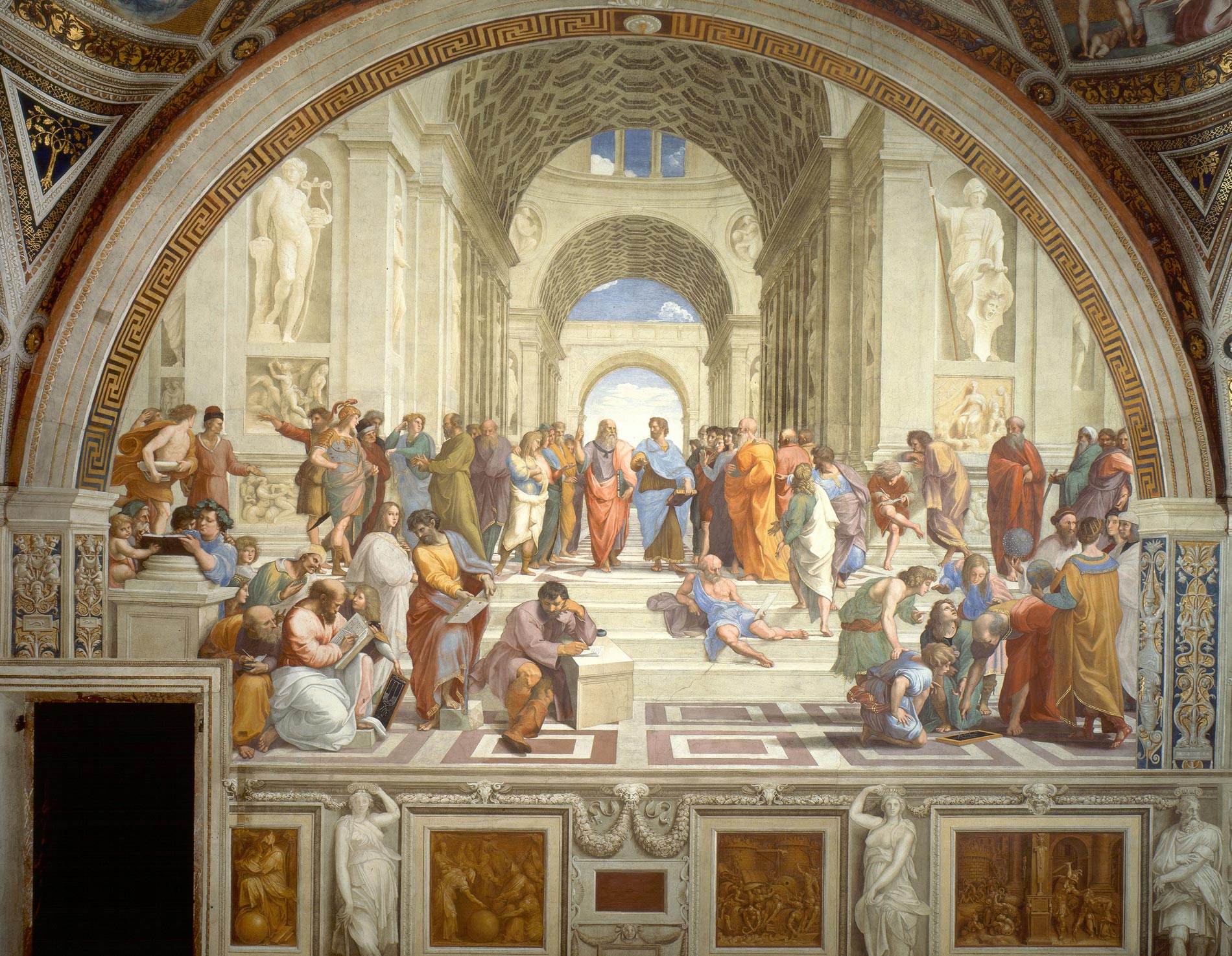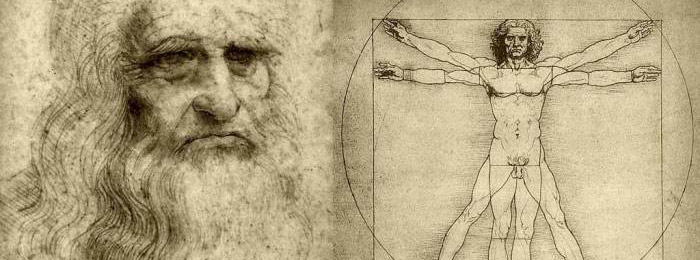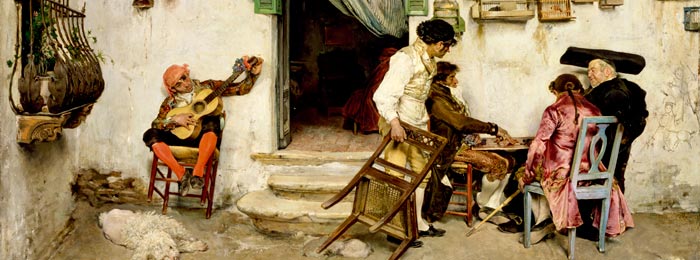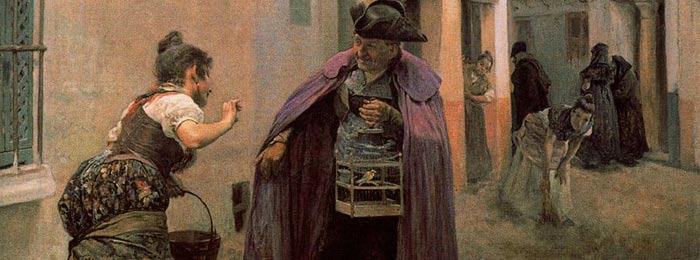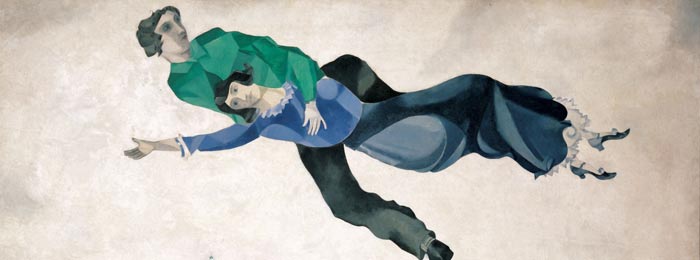JOSÉ JIMÉNEZ ARANDA – 1837-1903
An artist that demanded a tremendous amount out of himself…
José Jiménez Aranda was born in Seville, Spain, on February 7, 1837.
He was known for his plain yet elegant manners and for his fiery temper. He would display a gentle look as he made heartfelt, simple, and precise statements.
When observing a piece of art that he despised, he would make a very scrupulous and witty analysis of the piece, disregarding the creator.
Sorolla spoke of Jiménez Aranda as a Great Master of Art, as well as a gentleman of character and humility, from whom much could be learned, not only in matters of art but of personal conduct as well.
In 1848, when Aranda was 14, his father enrolled him in the Royal Academy of Fine Arts of Santa Isabel of Hungary, located in Seville, Spain, where he would himself teach in his late years. His Tutors were Don Antonio Cabral Bejarano, the patriarch of Sevillian painting and an excellent artist in his own right, and Don Eduardo Cano de la Peña, an innovative teacher who would encourage his students to look for inspiration from life, transgressing the Academic standards of the time…



